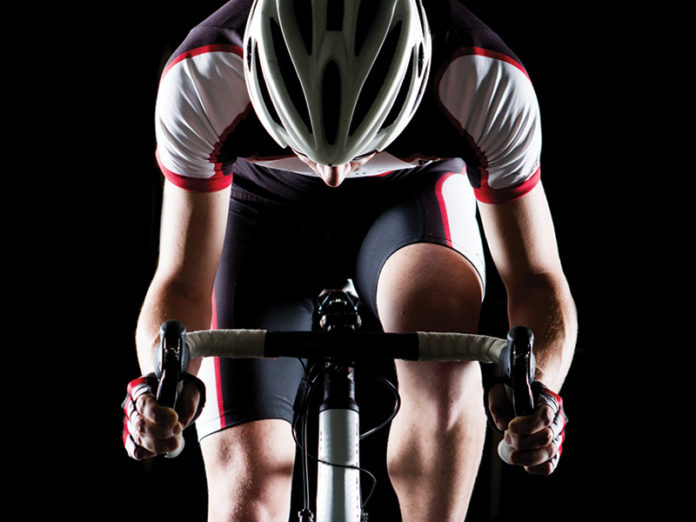
Did you ever consider that the typical sufferer of tennis elbow is more likely to be an avid cyclist or triathlete with a day job than a racquet sport enthusiast?
Parking yourself behind a desk all day then locking in for long training rides can place abnormal stress on your body and cause chronic pain in joints and muscles. To find relief from these frustrating conditions it often helps to step back and broaden your perspective. When is elbow or shoulder pain not really an elbow or shoulder issue? When that’s the case, all of the taping, massage and acupuncture in the world isn’t going to bring you lasting relief. You have to find the source.
In many of these stubborn cases, the arm pain is actually nerve irritation, secondary to changes in the neck from postural stresses or a previous head and neck injury. It’s important to remember that the pain you feel isn’t actually felt in the arm. The pain is your brain’s interpretation of the signals travelling from the arm. If the nerves that supply the arm are irritated or being compressed or stretched, then the nerve function will be altered. In other words, you will feel pain even when nothing painful is happening. Often muscular weakness occurs in conjunction with this process.
Typically these symptoms will be secondary to what’s known as anterior head carriage. Your head weighs about as much as a 10-pin bowling ball. As the head goes further forward (think computer or smartphone posture) the curve in the neck changes and the stress on the structures in the neck and upper back increases dramatically. The further forward the head, the more stress the tissues have to endure. Over years these postural stresses will contribute to early degenerative changes in the tissues of the lower neck. It is no coincidence this is the same area of the cervical spine where the vital nerve roots that supply sensation and motor function to the arms come from. Treatment of this area is often necessary to get rid of the chronic elbow or shoulder pain.
Often overlooked, but very important, is the health of the upper neck. The same anterior head carriage also has a damaging effect on the uppermost part of the neck where it meets the base of the skull.
There is a vital connection between proper shoulder and arm function and this important area of the spine. New upper neck treatments, such as OTZ, are producing impressive results. Chronic tennis elbow and shoulder complaints, including impingement syndrome and frozen shoulder, often respond well to properly administered treatments focussed on this area. The relief when chiropractic correction of the upper cervical spine is administered can provide immediate, measurable improvement.
The evil workstation is always to blame, right? While it’s definitely a stressor, your workout might be a bigger part of the problem than you think. There is a large percentage of the population that spends their work day leaning into their computer, then proceeds to sit on a bicycle during their fitness regimen. While cycling has undeniable health benefits, the head forward posture it produces exacerbates postural stresses on the neck.
Whether you are a couch potato, weekend warrior or elite triathlete, if you have a nagging rotator cuff or chronic elbow tendinitis, you might want to consider consulting a chiropractor trained in upper cervical techniques to analyse your posture. Correcting the function of your upper and lower neck may be the solution you have been searching for.
















